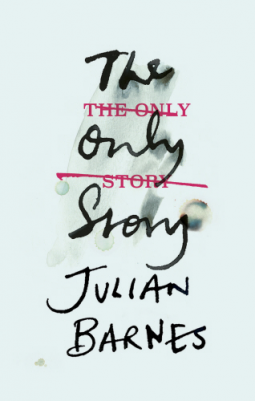 The Only Story by Julian Barnes
The Only Story by Julian Barnes
Publication date: 1st February 2018
Publisher: Random House UK
Synopsis:
First love has lifelong consequences, but Paul doesn’t know anything about that at nineteen. At nineteen, he’s proud of the fact his relationship flies in the face of social convention.
As he grows older, the demands placed on Paul by love become far greater than he could possibly have foreseen.
Tender and wise, The Only Story is a deeply moving novel by one of fiction’s greatest mappers of the human heart.
My thoughts:
1 star out of 5
I was very interested in the premise of the love story between the younger man and the older woman, as I thought it would be an interesting exploration of taboo, feeling and the transcending of social norms.
Sadly, the book was a dense ramble through the thoughts of a self-indulgent point of view character, with barely any action taking place on the page – much of the novel is description or second-hand relating of incidents through a thick veil of ‘I’m an unreliable narrator, don’t you know, and my memory is fallible’.
Every single page is a violation of the traditional ‘show, don’t tell’ rule of fiction. I understand that a well-written book and a talented author can break fictional traditions when done well, but this was not one of those times. It resulted in a boring novel which managed to render an entire character’s life dull and meaningless, when it was probably quite an eventful storyline underneath the thick stylising
I’m sure there are very intellectual undertones and meaningful reasons why Barnes made the stylistic decisions he did in writing this book, but if that’s the case I didn’t pick up on those reasons. For example, the narrative voice shifts from first person through second person and third person even through the point of view character is consistent throughout – and I couldn’t fathom why this was the case. It didn’t seem to have a meaningful reason except that Barnes wanted to show what a good writer he is.
On a sentence-by-sentence basis the book is well-written, but as a whole I didn’t enjoy it at all. At a certain point near the end, the narrator talks about someone being ‘bullied by reputation, truth should stand by itself, clear and unsupported’, and that’s how I feel about books, but not this one: a book should stand alone, aside from its author’s fame and renown as a good writer. Yet this one, sadly, does not.
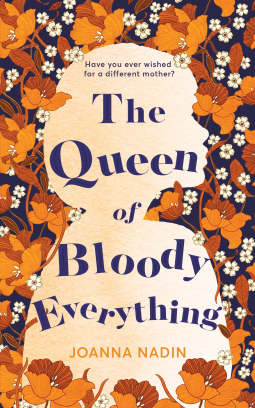 The Queen of Bloody Everything, by Joanna Nadin
The Queen of Bloody Everything, by Joanna Nadin Home by Amanda Berriman
Home by Amanda Berriman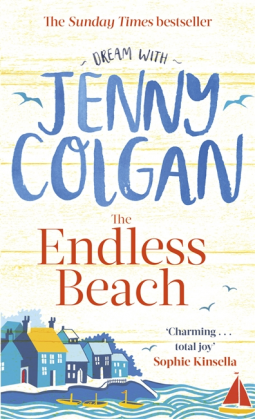 The Endless Beach, by Jenny Colgan
The Endless Beach, by Jenny Colgan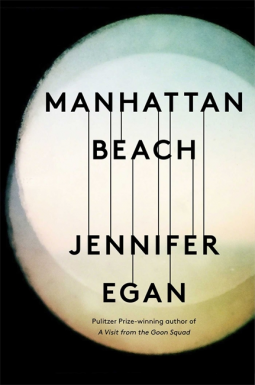 Manhattan Beach by Jennifer Egan
Manhattan Beach by Jennifer Egan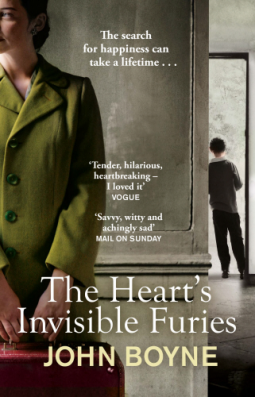 ‘The Heart’s Invisible Furies’ by John Boyne
‘The Heart’s Invisible Furies’ by John Boyne The Betrayals by Fiona Neill
The Betrayals by Fiona Neill The Roanoke Girls, by Amy Engel
The Roanoke Girls, by Amy Engel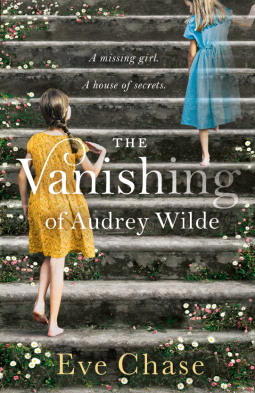 The Vanishing of Audrey Wilde, by Eve Chase
The Vanishing of Audrey Wilde, by Eve Chase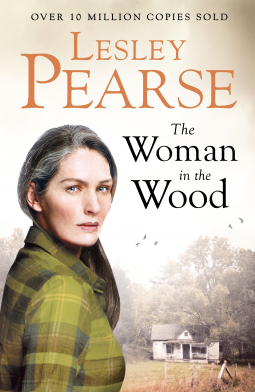 The Woman in the Wood, by Lesley Pearse
The Woman in the Wood, by Lesley Pearse